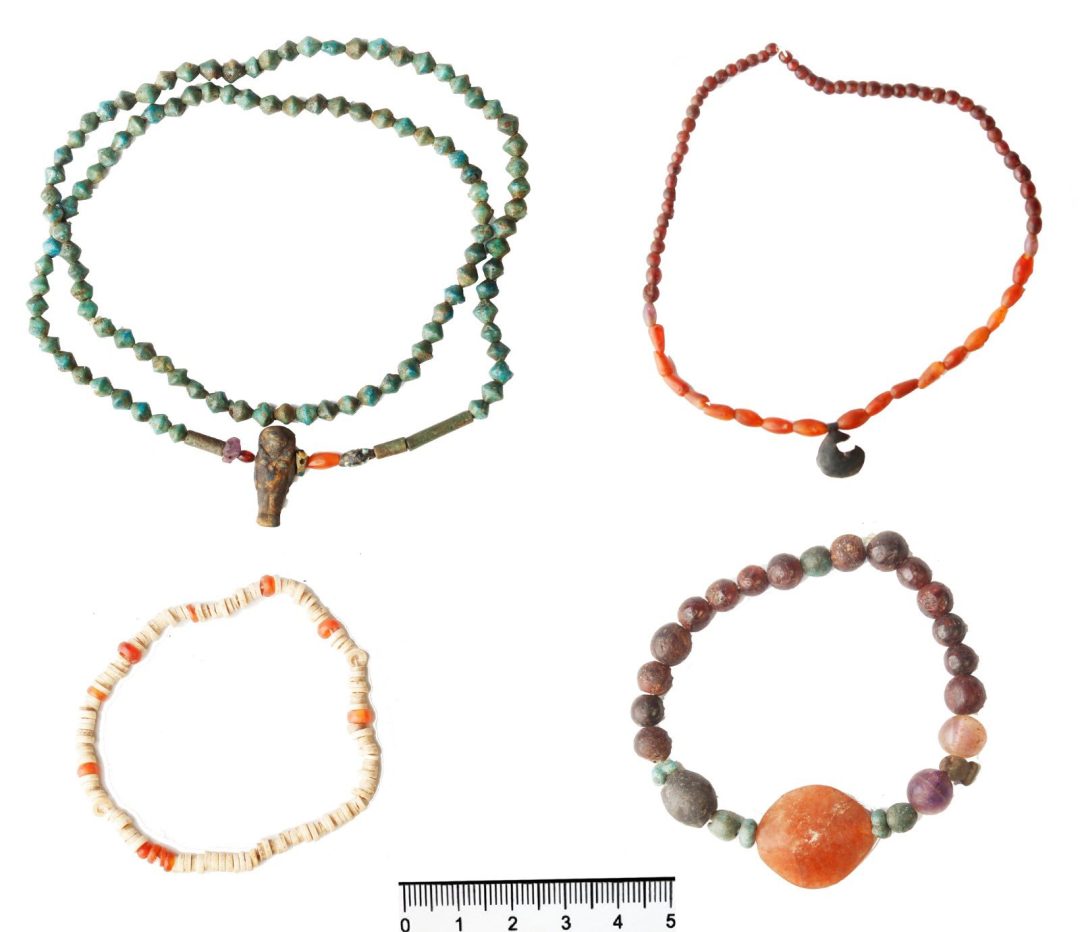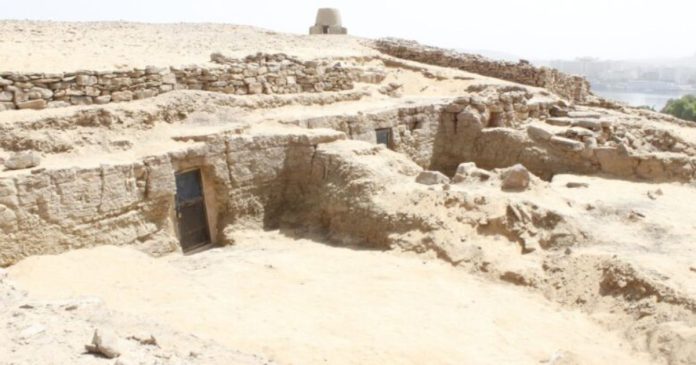New findings in Aswan highlight burial continuity, architectural patterns, and shifting funerary practices between the Old and Middle Kingdoms.
Significant Discovery at Qubbet al-Hawa Necropolis
An Egyptian archaeological team has uncovered three rock-hewn tombs dating back to the Old Kingdom (c. 2686–2181 BCE) at the Qubbet al-Hawa necropolis in Aswan during the latest excavation season. The announcement was made by Dr. Mohamed Ismail Khaled, Secretary-General of Egypt’s Supreme Council of Antiquities, who emphasized the site’s enduring role as a burial ground across multiple dynastic periods.
According to initial assessments, the tombs exhibit evidence of reuse during the Middle Kingdom (c. 2055–1650 BCE), underscoring the necropolis’s long-standing significance in Upper Egyptian mortuary traditions. The find also provides valuable insights into the transitional phase marking the decline of the Old Kingdom and the onset of the First Intermediate Period.
Architectural Continuity Amid Economic Change
Dr. Khaled noted that many tombs from this transitional era lack inscriptions, reflecting possible economic decline during the late Old Kingdom. Nevertheless, their architectural layout and funerary elements—such as false doors and offering tables—demonstrate continuity in ritual practices, even in times of limited resources.
Details of the Tomb Structures
Mohamed Abdel-Badie, head of the Egyptian Antiquities Sector, shared further information on the newly discovered tombs:
- First Tomb:
This tomb lacks inscriptions but includes an outer courtyard featuring two false doors, offering tables, pottery vessels, and deteriorated wooden coffins. Skeletal remains were also identified. A burial shaft within the courtyard revealed more wooden coffins and pottery—some inscribed and datable to the Old Kingdom.
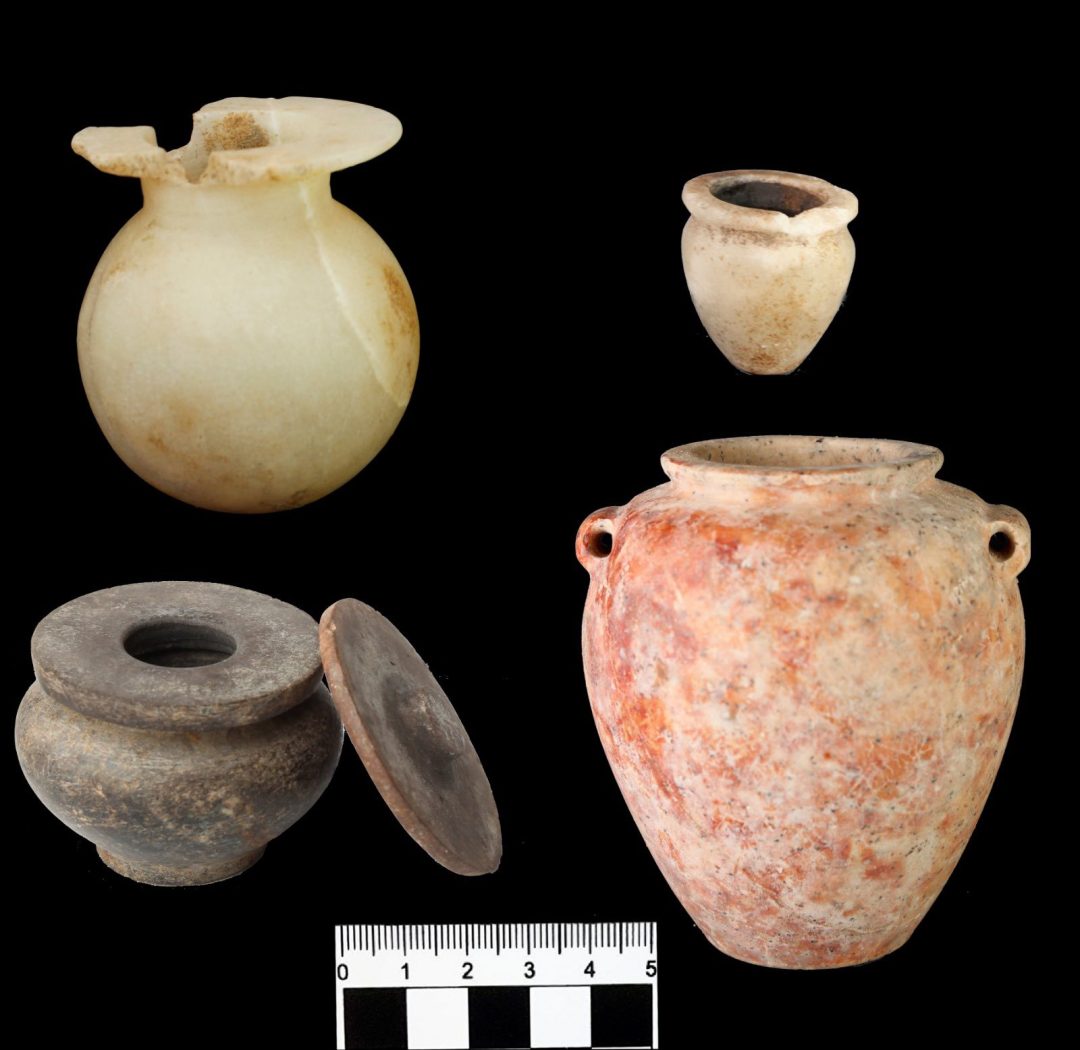
- Second Tomb:
Situated west of the first, this tomb also contains no inscriptions. Inside, archaeologists found two offering tables and Middle Kingdom pottery. Its architectural style suggests origins in the late Old Kingdom or early First Intermediate Period, with later reuse during the Middle Kingdom.
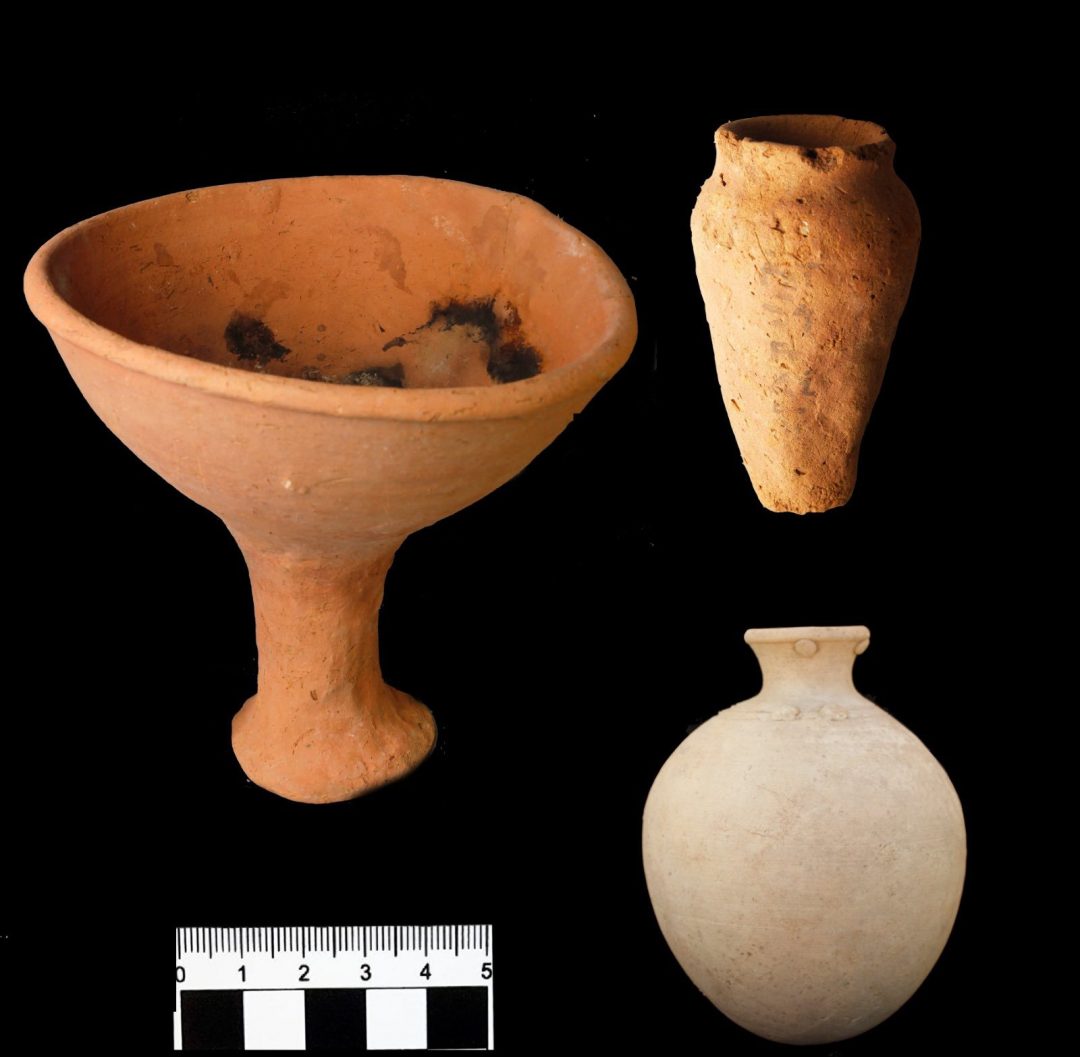
- Third Tomb:
Architecturally distinct from the first two, this tomb is located west of the New Kingdom-era Ka-Kem tomb. It yielded a substantial quantity of intact pottery and skeletal remains, including those of children. While it lacks inscriptions, its contents and style point to an Old Kingdom origin.
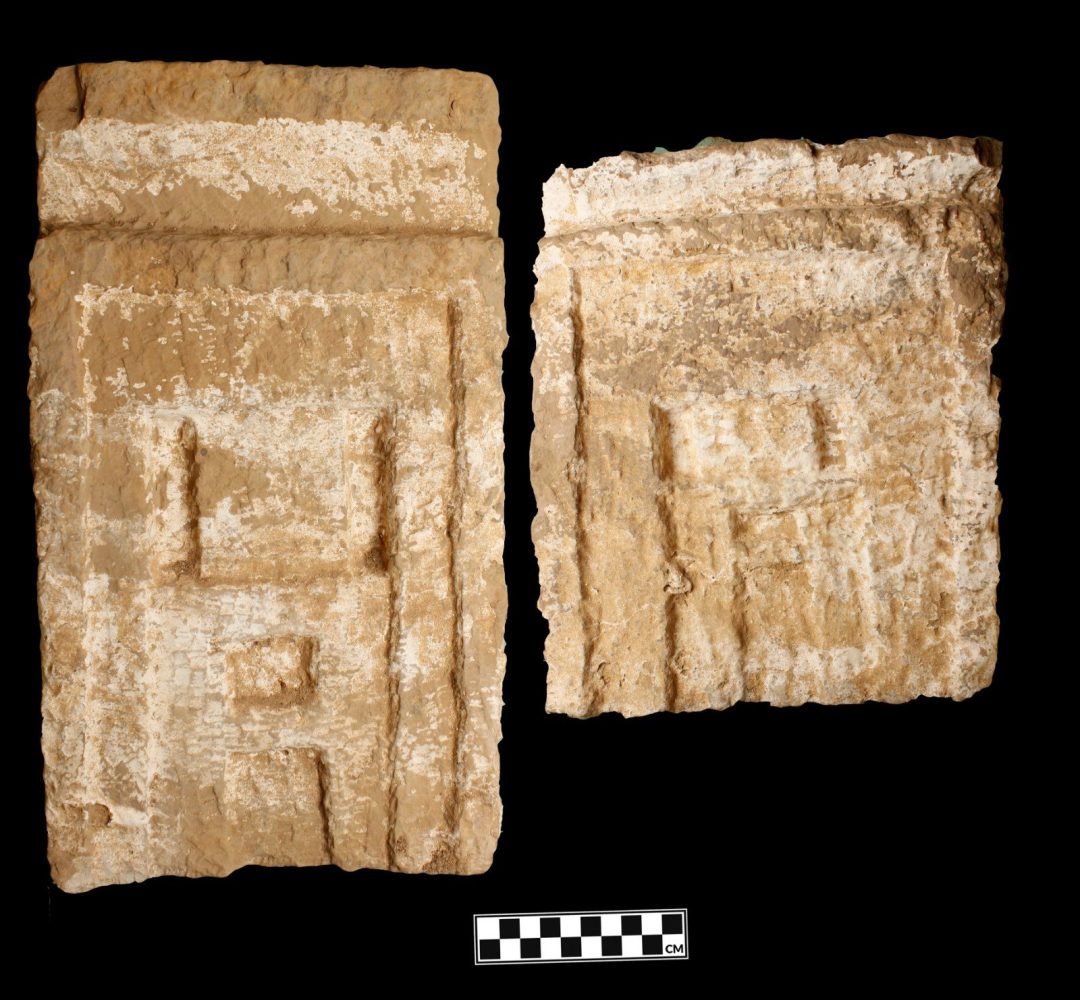
Implications for Egyptian Archaeology
This discovery reaffirms Qubbet al-Hawa’s status as a vital archaeological zone in southern Egypt. The tombs enrich current understanding of mortuary practices, material culture, and societal transitions between major historical periods. The findings also highlight the necropolis’s role as a multi-period burial site, offering rare continuity across centuries of ancient Egyptian history.
